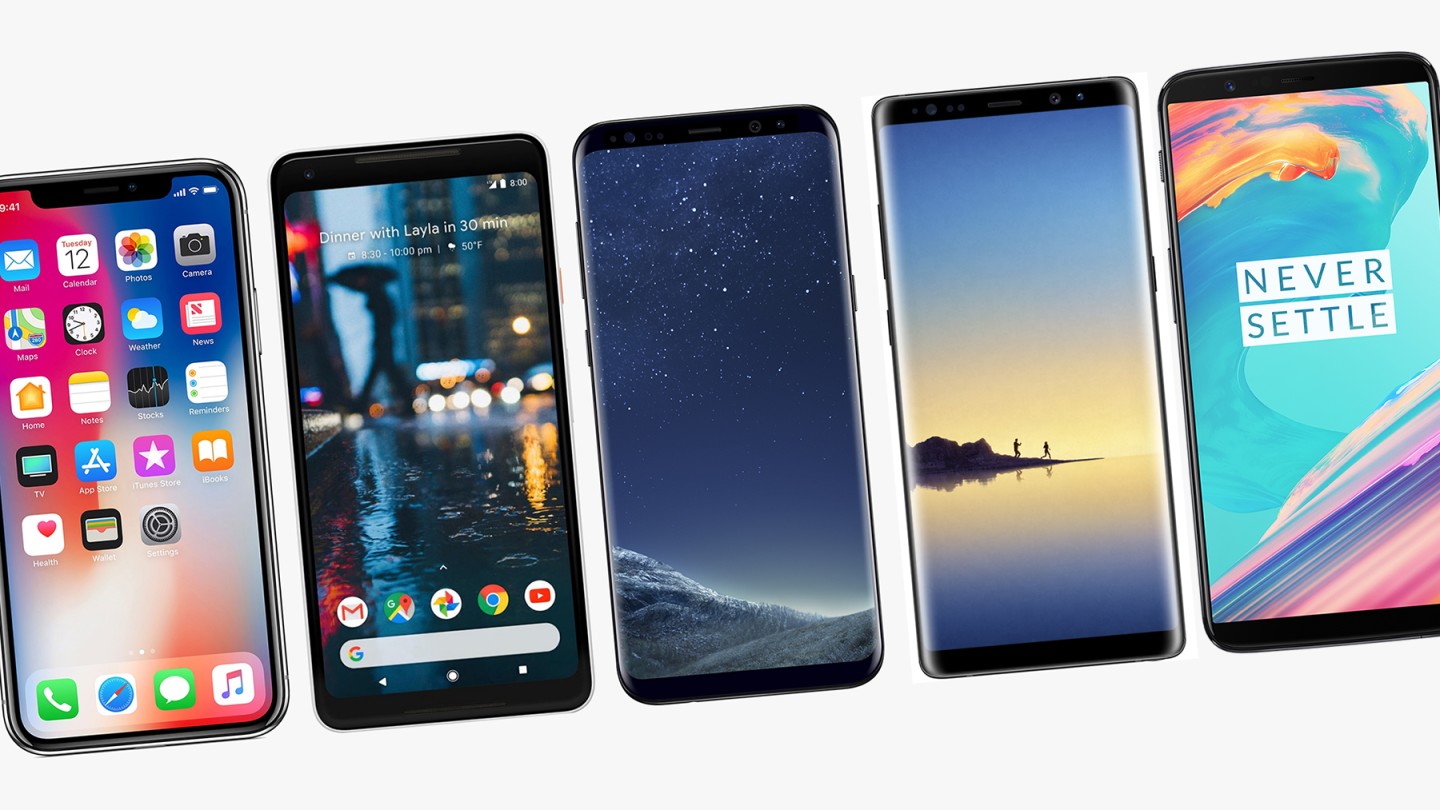With the market showing promise, smartphone manufacturers are all gearing up for the days ahead. The competition will give way to more innovative features and excellent prices.
Mobile phones are a necessity today. You might go without other life essentials for a day, but not having your phone would be highly improbable. This insatiable need for technology is great news for mobile phone manufacturers.
In fact, manufacturers understand this need better than anybody. This is probably why our devices increasingly feel more human and intuitive with every new generation.
Another key fact is that the smartphone industry was among the few that didn’t see a major slowdown as a result of the recent lockdown. Most brands bounced back to profit-making in a quick time.
For these reasons and a few others, the smartphone industry has proved to be a resilient one to do business in.
For smartphone manufacturers to gain market share, the need of the hour is to think out of the box.
Sure, competitive pricing has been a formula for success, but the Indian buyer is constantly evolving.
In order to stay ahead, companies will have to remain uncompromising while being able to change with the times.
We look at a few strategies that smartphone manufacturers will adopt in order to stay ahead.
Feature-Rich Smartphones
Chinese manufacturer Xiaomi forever changed the Indian mobile phone landscape in 2015. The company launched feature-rich phones that were until then only available in devices from premium brands like Samsung and Apple.
This trend has continued with other manufacturers offering feature-rich phones in their mid and low budget line-up.
Today, the best smartphone under 30,000 INR comes with a whole host of features like triple-rear cameras, high capacity batteries, faster multi-core processors, and large RAM sizes.
This strategy of offering feature-rich phones at affordable prices has introduced the concept of brand competition.
In the coming days, smartphone manufacturers are not only expected to follow this trend but probably take it up a notch, by offering affordability with the best that technology has to offer.
The brand that manages to successfully execute this strategy will be the dominant force in the market.
The Mid-Range Segment
The mid-range mobile space is where most of the action is taking place. And it’s no surprise. India has the largest middle-class population in the world.
With close to half a billion smartphone users currently, this number is expected to rise to 800 million by the year 2022.
Smartphone brands that successfully tap into this segment will come out on top. This is probably why most smartphones (with the exception of iPhones) have made significant changes to their smartphone line-up to cater to this segment.
The OnePlus Nord is a good example of this change in strategy. The company broke away from its tradition of offering flagship devices to offer the OnePlus Nord that undoubtedly became the best smartphone under 30,000 INR.
Samsung has also released its line-up of models with the M and A series to cater to the demand in the mid-range segment.
Market Domination
As previously mentioned, the king of the mid-range segment will eventually end up dominating the smartphone industry.
The mid-segment battle for supremacy has been dubbed as the “war for smartphone dominance”.
Most smartphone brands are preparing for the ensuing war expected in the next few years.
There is already growing speculation over feature-rich 5G phones being offered for less than 20,000 INR.
This has caused considerable debate as 5G penetration was expected to gradually pick up due to 5G devices being out of reach for most buyers.
Brands that are geared up to tackle this new challenge will walk away with a bigger piece of the pie in terms of market share.
Competitive Pricing
The go-to strategy for most successful smartphone manufacturers has been to offer phones with more or less the same specification as to their competitor’s model at a lower price.
This strategy is known as competitive pricing. This strategy is a win-win for both the manufacturer and the consumer.
For the manufacturer, this means that they can focus their business strategy on the volume of product, and consumers get the same features and specifications but at a lower price.
Today, competitive pricing has resulted in consumers having a choice of more than a hundred smartphones in the 8,000 INR – 15,000 INR price range.
In the days to come, the battle for competitive pricing is expected to heat up further.
Phone manufacturers will launch upcoming smartphones with a range of features and specifications at all new low prices.
For instance, OnePlus is rumored to be launching a budget device, called OnePlus Clover, which will be 5G-enabled, and will come with a price tag of less than Rs. 16,000!

